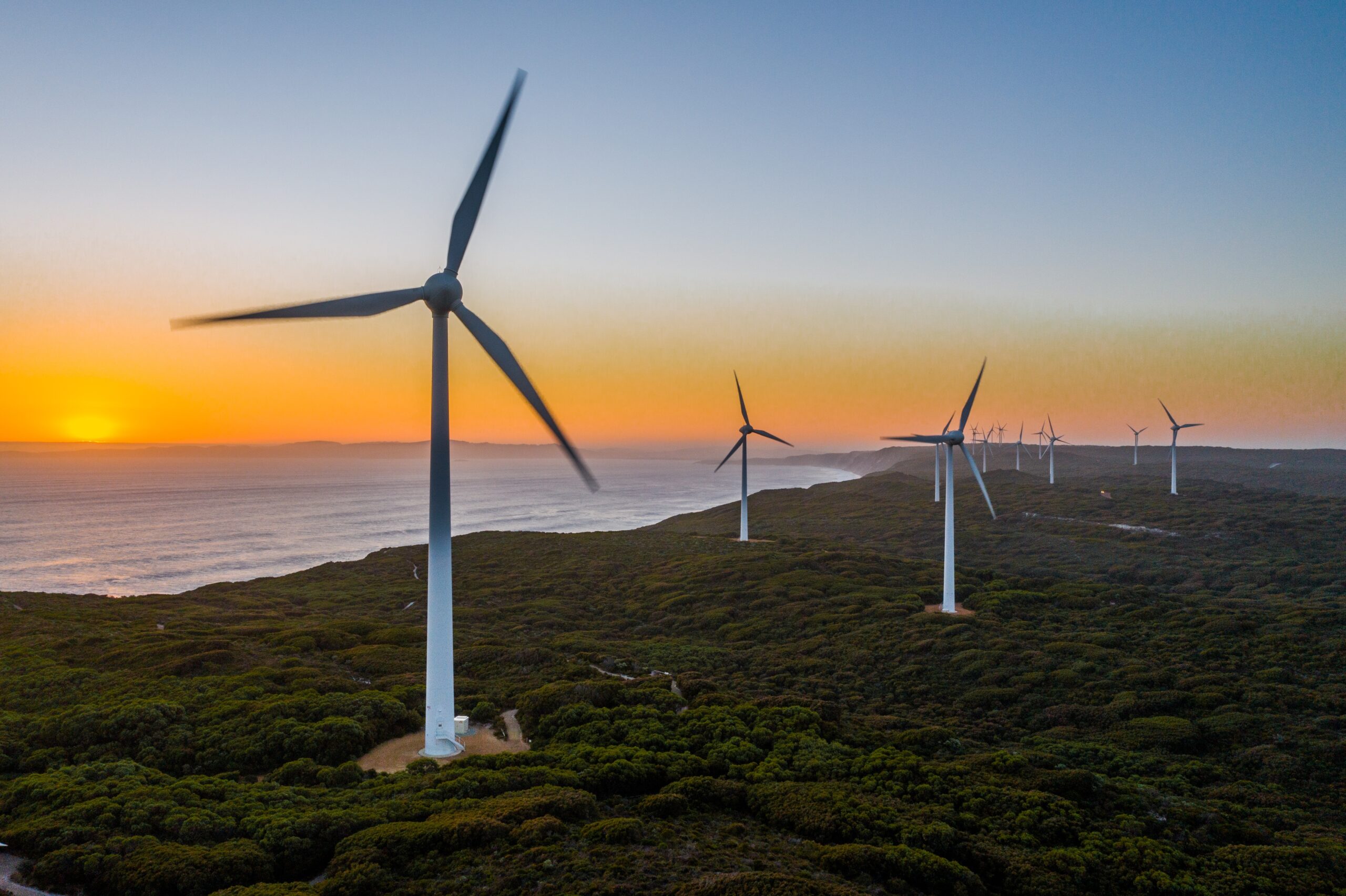LGCs are now in an interesting position. With the REGO scheme all but fully legislated to start in 2025, there may be opportunity to meet voluntary requirements from this secondary market before it becomes the likely primary market at the end of 2030 until 2050.
The REGO scheme looks likely to exist in parallel to the LGC scheme until the expiry of the RET, with generators able to decide which products they would like to produce in any given period.
However, the REGO scheme will open previously un-tapped generation, such as below baseline generation, generation from outside of the Australian economic waters area and exported generation i.e. Sun Cable, which the LGC cannot. Further (although unlikely before 2030), STCs can be pooled to create 1 MWh, i.e. 1 REGO certificate at the point the 1MWh limit is reached.
This market is currently untapped, but with a REGO holding the same credentials as an LGC, the voluntary surrender optionality (RET Liability must still be met with LGCs until 2030) can be achieved through the REGO scheme.
With voluntary surrenders increasing, the CER estimated in 2022 a total of 7.4million LGCs were surrendered voluntarily. This increased the demand for LGCs by 1.6million in comparison to 2021 and created a demand 23% above the legislated requirements for LGCs (33m).
Prior to a REGO scheme, the increasing demand for these LGCs has come from growing corporate targets either directly into the LGC market or through its secondary market, such as GreenPower schemes.
Without increasing the availability of alternative generation sources, this growth could lead to a tightening of the supply-demand balance of the LGC and an increase in price. As such the introduction of a REGO from 2025 could be the pressure release valve the industry requires.
The growing non-RET requirements are significant, and therefore, the introduction of secondary sources of power through the REGO scheme is the only way the market will be able to meet the increasing demand.
The ACCC investigation into Momentum in 2016, where Momentum was handed a $54,000 fine for falsely advertising their green credentials, as they are backed by Hydro Tas whose generation was below baseline, has brought to the fore the requirement for accreditation of these below baseline assets (outside of the i-REC scheme).
Below baseline is renewable generation assets created before 1997 – mainly hydro assets. The baseline is set on production between 1994 – 1996, and therefore, generators coming on from 1997 have a baseline of zero and can produce LGCs, unlike those online prior to 1997. Indications are these facilities generate 12-13TWh of electricity each, that is, 12-13 million REGOs, which could come into the Australian voluntary market (pre-2030 RET end). However, the below baseline generation is eligible for an i-REC certification and many assets pursued this option prior to the REGO /GO scheme announcements. As such, this 12-13 million may be as low as 2 million in the initial years, given existing PPAs and voluntary i-REC surrender deals in place.
It is worth noting, if Hydro Tas had created the REGO and these were surrendered against the Momentum portfolio, the renewable claim would have been upheld, and the REGO would have never hit the market. This example shows that even if produced, companies may utilise the additional certification without giving others the opportunity to trade them in the open market.
A concern does sit around the inclusion of small-scale renewable REGOs, although unlikely to be in large quantities prior to 2030, the concern holds that the measurement of the “hour” the REGO is produced, when the cumulative units have reached 1MWh of generation, is currently untested and there are a significantly larger number of these units than there are utility scale solar. The cost and oversight required could add cost to the certificate, which we currently have no view of as to the uptake or requirements.


